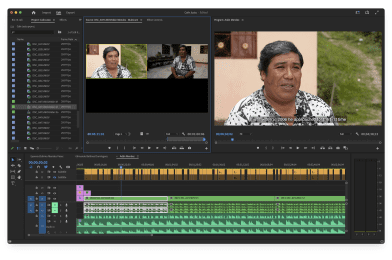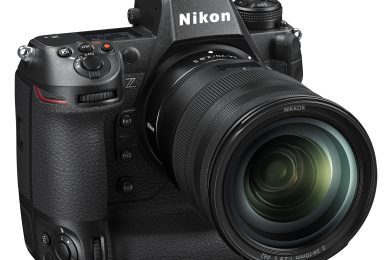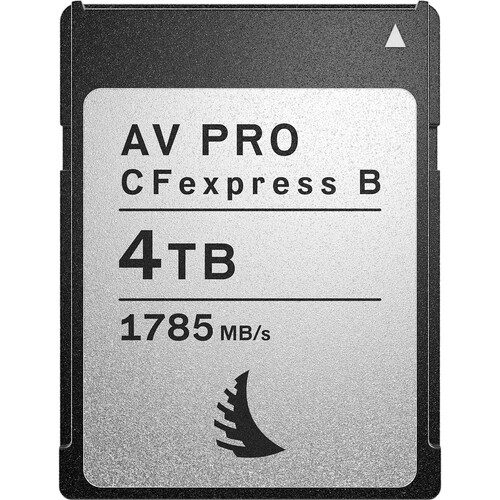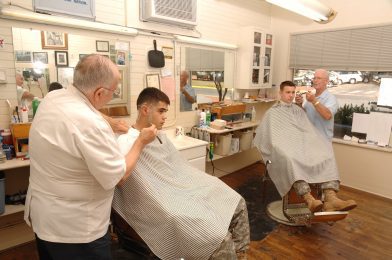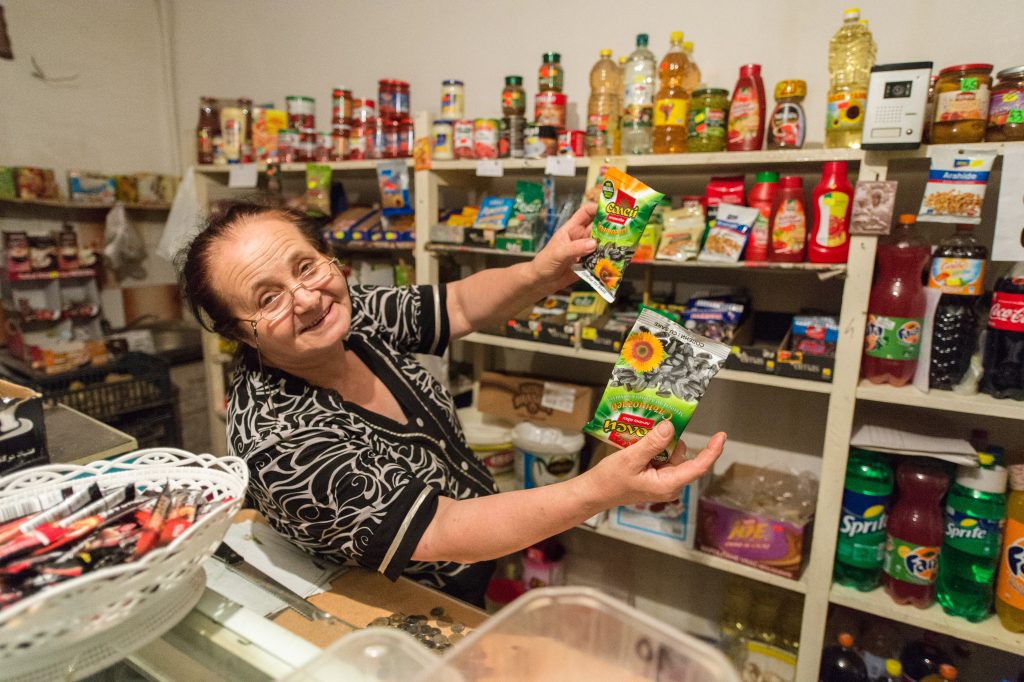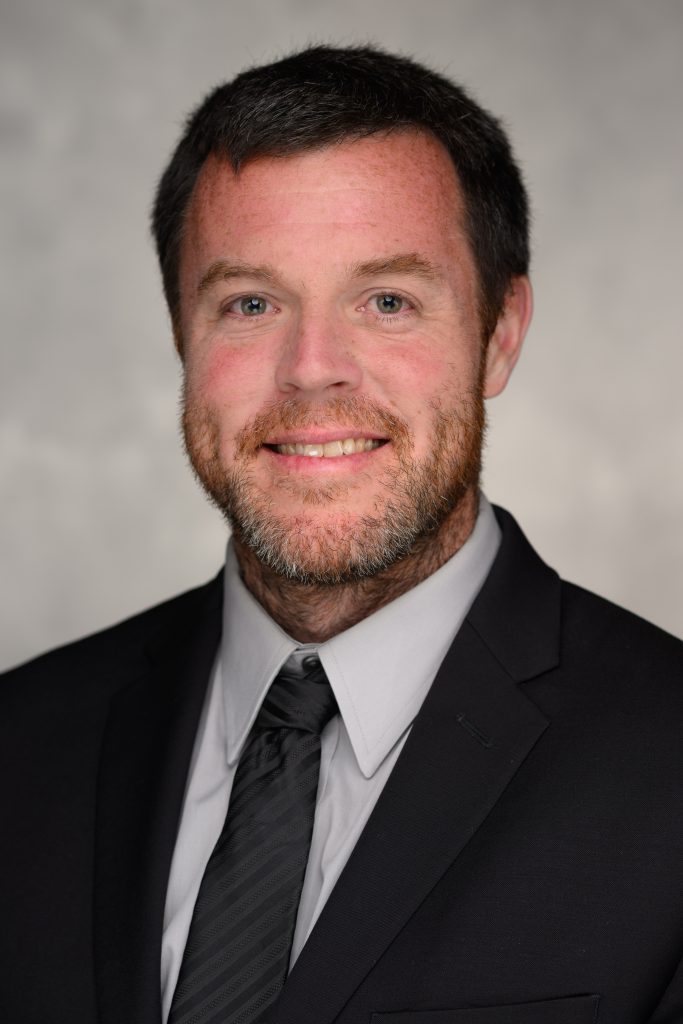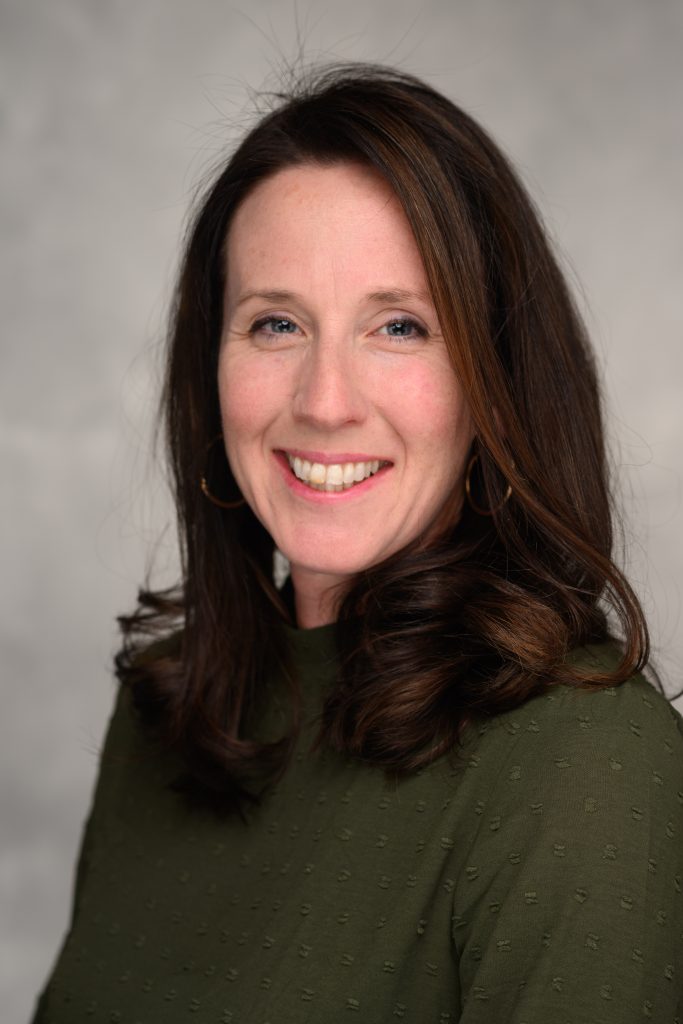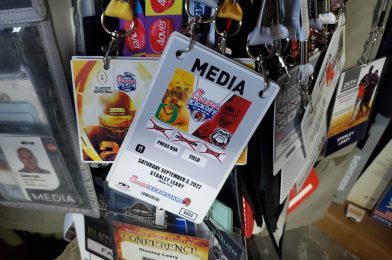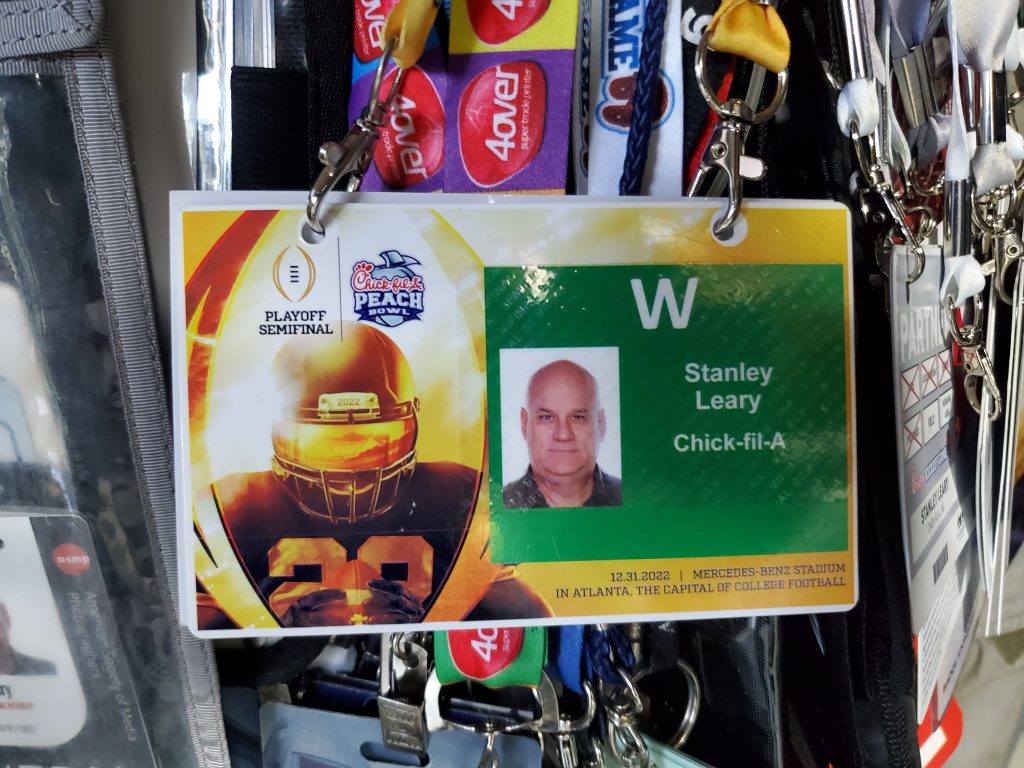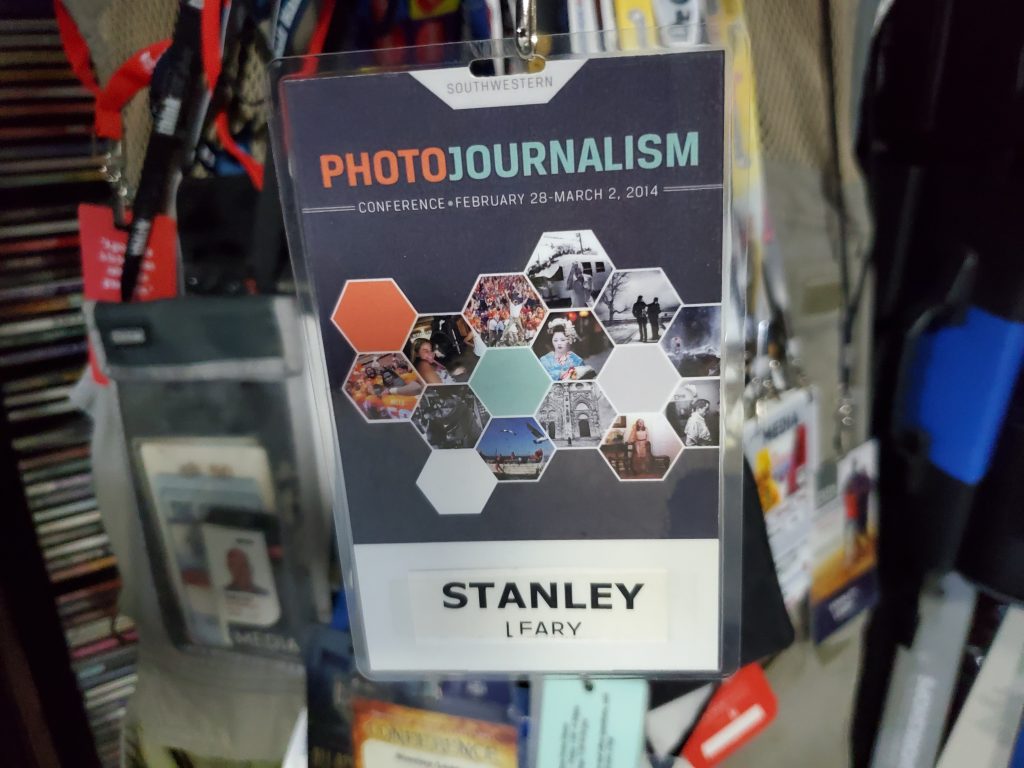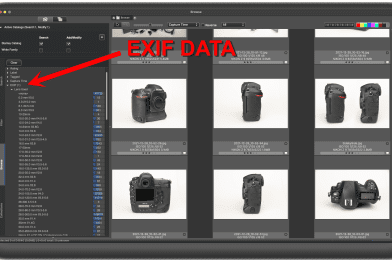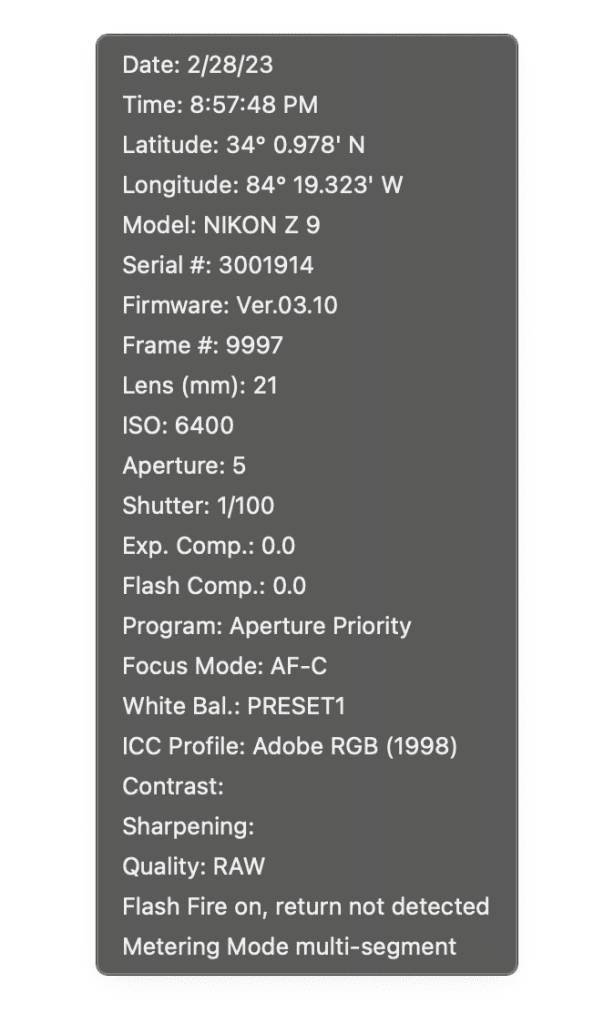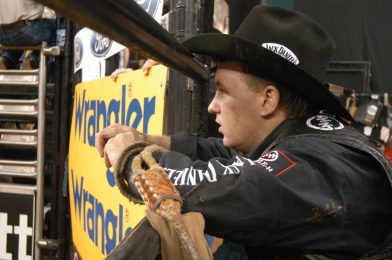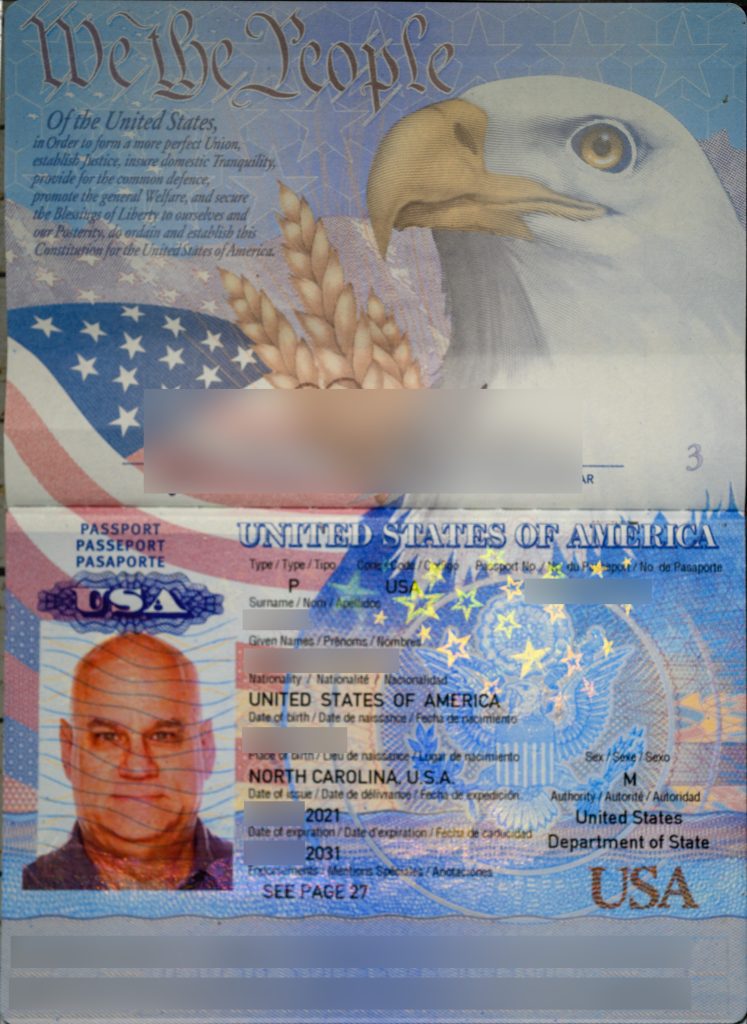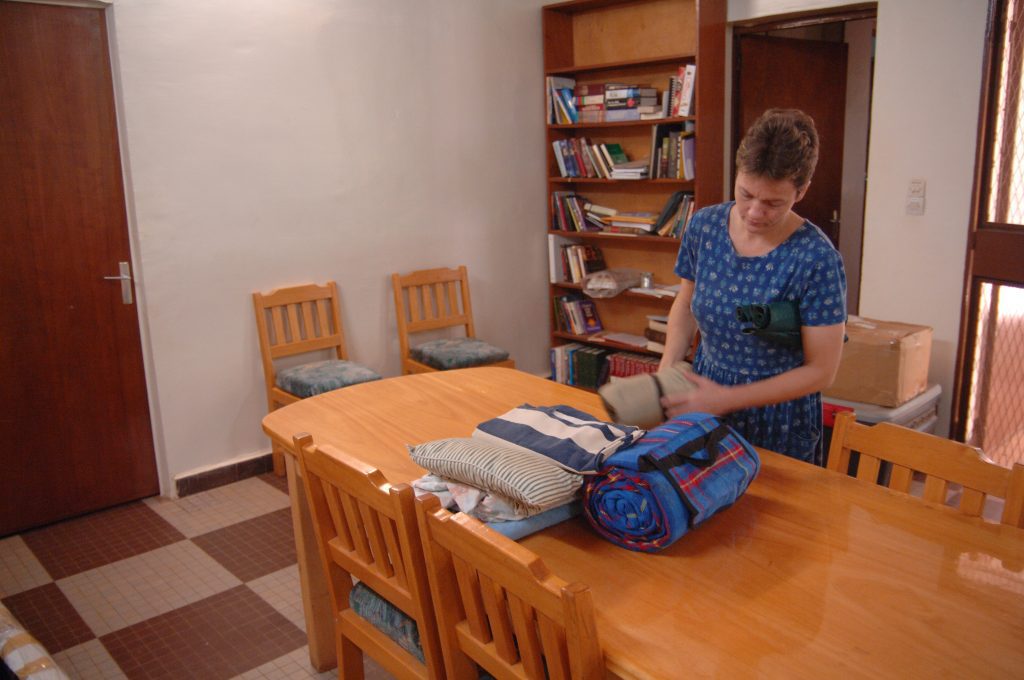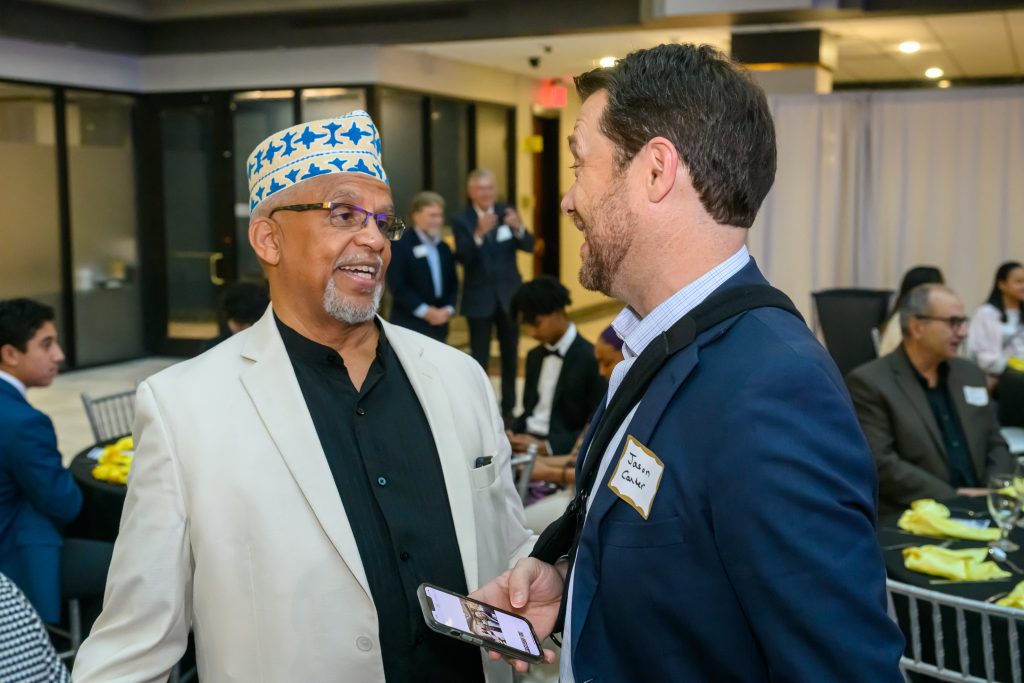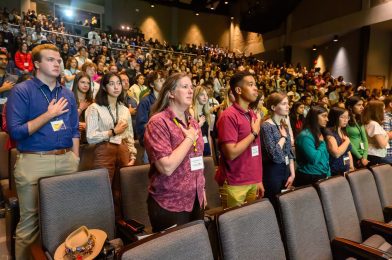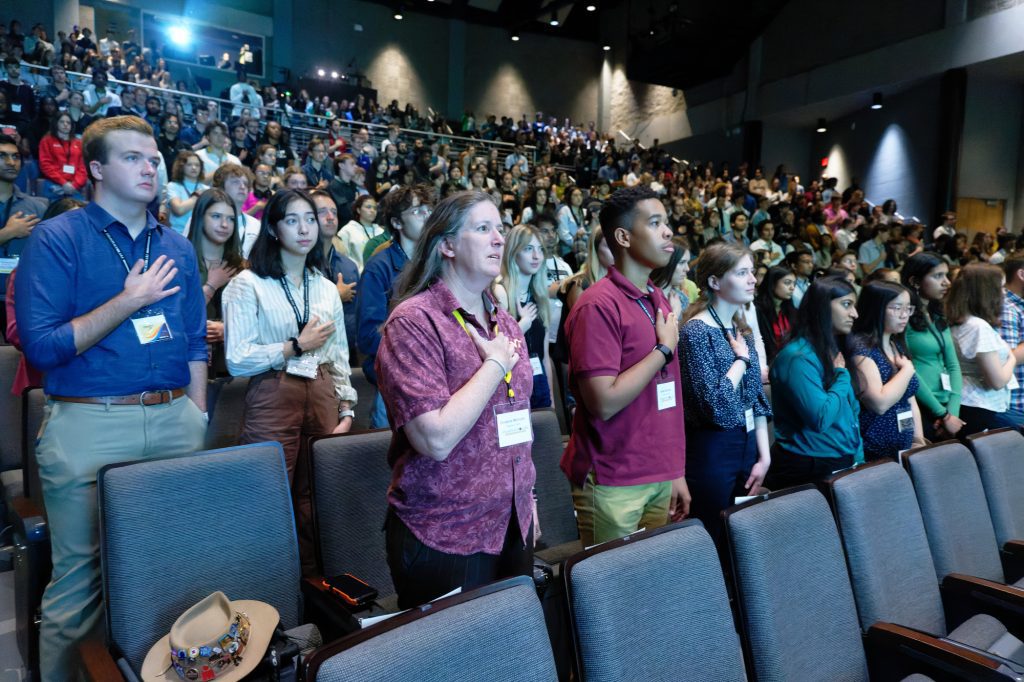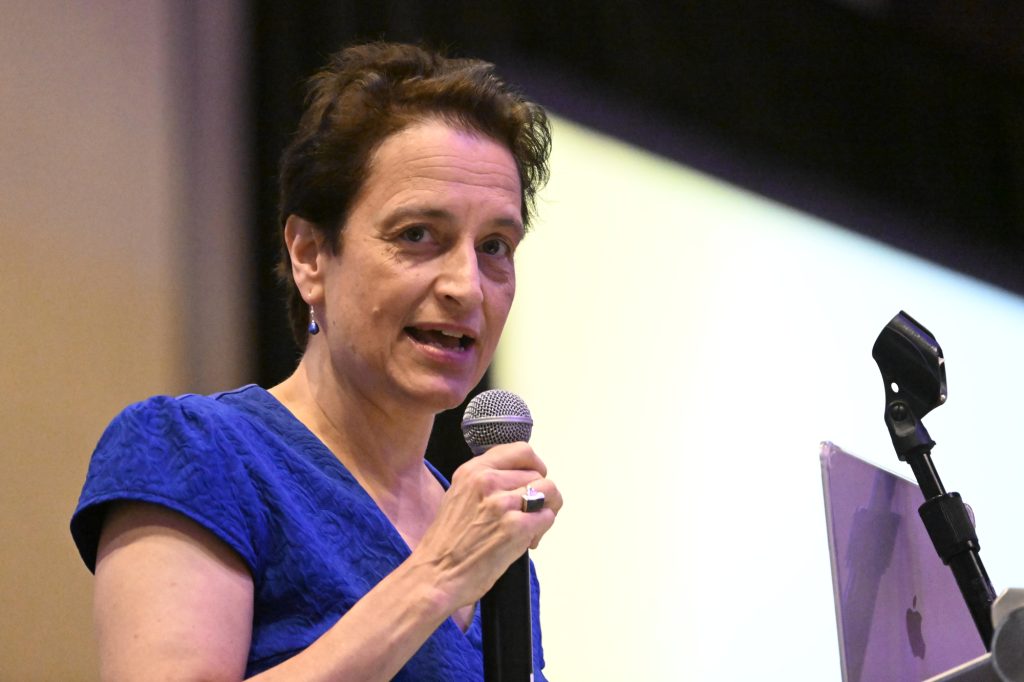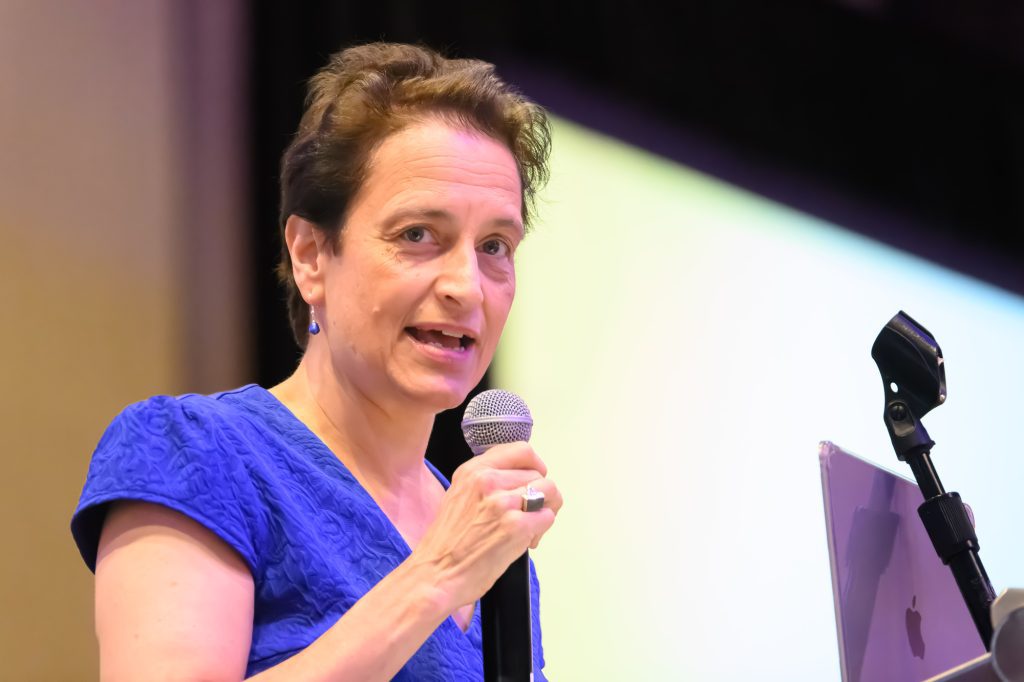Image sourced from https://wistia.com/learn/marketing/optimal-video-length
When it comes to non-profit videos, finding the right length is crucial to keep viewers engaged and motivated to support your cause. While keeping your credits short is essential, recent research suggests that longer videos can improve watch time and boost your content in the algorithm.
To increase engagement with your video, it’s crucial to grab your audience’s attention right from the beginning, regardless of whether it lasts for 2 minutes or 12. Failing to deliver your message promptly may result in your audience quickly clicking away. At the same time, some research suggests that human attention spans have diminished to just 8 seconds. Therefore, it is recommended to try to hook your audience within the first 8 seconds for social media video content and within 20 seconds for most other types of video. If you don’t hook your audience by then, you’ve probably lost them.
However, that doesn’t mean you should make your videos longer just for the sake of it. The key is to find the sweet spot where you can deliver all the necessary information without padding your video. Ideally, videos should be 7-15 minutes long, as this range performs best on different channels, according to the Social Media Examiner.
Another source Maestro says, “Videos between 2 and 6 minutes lose viewers rapidly. Videos longer than 6 minutes but shorter than 12 minutes maintain a relatively steady viewership, making this range the ideal length for longer content. After 12 minutes, viewer engagement again begins to decline more rapidly.
PBS Space Time is an excellent example of a popular channel that frequently posts videos in this range but also features longer videos of up to 20 minutes. However, for social media channels like Instagram or Facebook, keeping your videos under 60 or 120 seconds is crucial to capture users’ attention and convey your message effectively.
To make the most of your video content, delivering valuable information, creating visually engaging content, and having a clear message and call to action are essential. Remember, the primary goal is to inspire viewers to support your non-profit, so make sure your video reflects your organization’s brand and mission.
For optimal viewer engagement, limiting videos to under 2 minutes is recommended. Additionally, it’s important to note that audience engagement tends to decrease significantly after the 2 to 3-minute mark. However, if your content requires a longer duration, a target of 6 to 12 minutes could be more appropriate.
In conclusion, finding the right video length balances delivering valuable information and engaging your audience. These comments are about how an audience will see them on something like YouTube or Vimeo. If you are showing them in a meeting, you already have a captive audience like you would have at a movie theater. People will give you more time in these situations. While longer videos may improve watch time, keeping your videos within the recommended 7-15 minutes range will ensure your audience stays engaged and motivated to support your non-profit cause.



